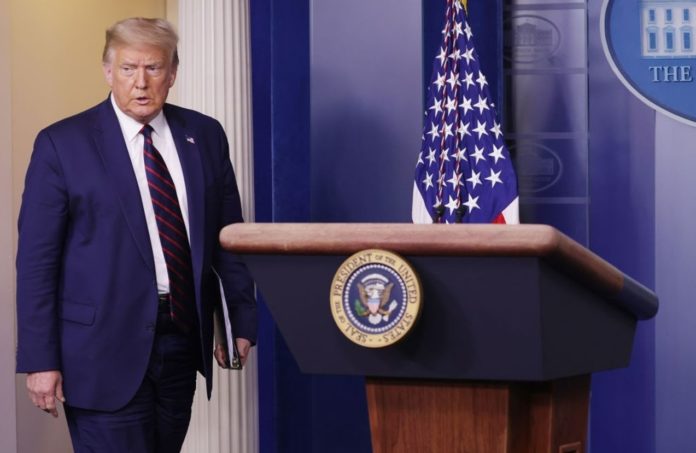Individuals find it difficult to make sense of all the stories they come across on any given subject throughout time, making it difficult to gain a thorough knowledge of its historical significance.
A computer program has looked at billions of words in tweets and found new information about the timelines of many of the big stories about former President Trump from 2016 to 2021.
It is hard for people to make sense of all the stories they hear about a subject over time, which makes it hard to fully understand its historical impact.
To solve this problem, Dodds and his colleagues say that it is important to keep track of how stories about the subject change over time.
The researchers have now created a revolutionary analytical method for evaluating tweets in order to create meaningful timelines of tales surrounding any particular topic.
To show this, they evaluated all Trump-related tweets from 2016 to 2021, using their algorithms to calculate the temporal dynamics of tales represented by billions of one- and two-word words like “Hillary” and “travel ban.”
This research yielded high-resolution timelines that highlight significant trends in the tales surrounding Trump during his presidency. For example, the turbulence of these stories—how rapidly each lost control when other stories emerged—changed throughout time. Trump’s first year in office, 2017, was the most difficult, with a number of dominant stories, including “Russia” and “Comey.” As a result, turbulence decreased and prominent stories, such as “Mueller” in 2018 and COVID-19 in 2020, lasted longer. Turbulence increased in the run-up to the 2020 Black Lives Matter protests, the 2020 election, and the 2021 Capitol attack.
The research also determined how much Trump influenced the narrative of each story based on how many times his tweets were retweeted. His influence varied among stories and over time; for example, it was high for “fake news” and “Minneapolis,” but low for “Jeffrey Epstein” and, most significantly, “coronavirus”—though Trump may have controlled COVID-19 tales using other terms.
These findings show that this unique strategy has the potential to improve understanding of historical events. Future study could improve the method and apply it to more subjects.
The authors said: “In 2020, story turbulence around Trump exploded with the start of the COVID-19 pandemic, the murder of George Floyd, and the presidential election, but also ground to a halt as these stories dominated for long stretches.”
Source: 10.1371/journal.pone.0260592
Image Credit: Getty
You were reading: What Twitter never told you about Trump’s tweets
